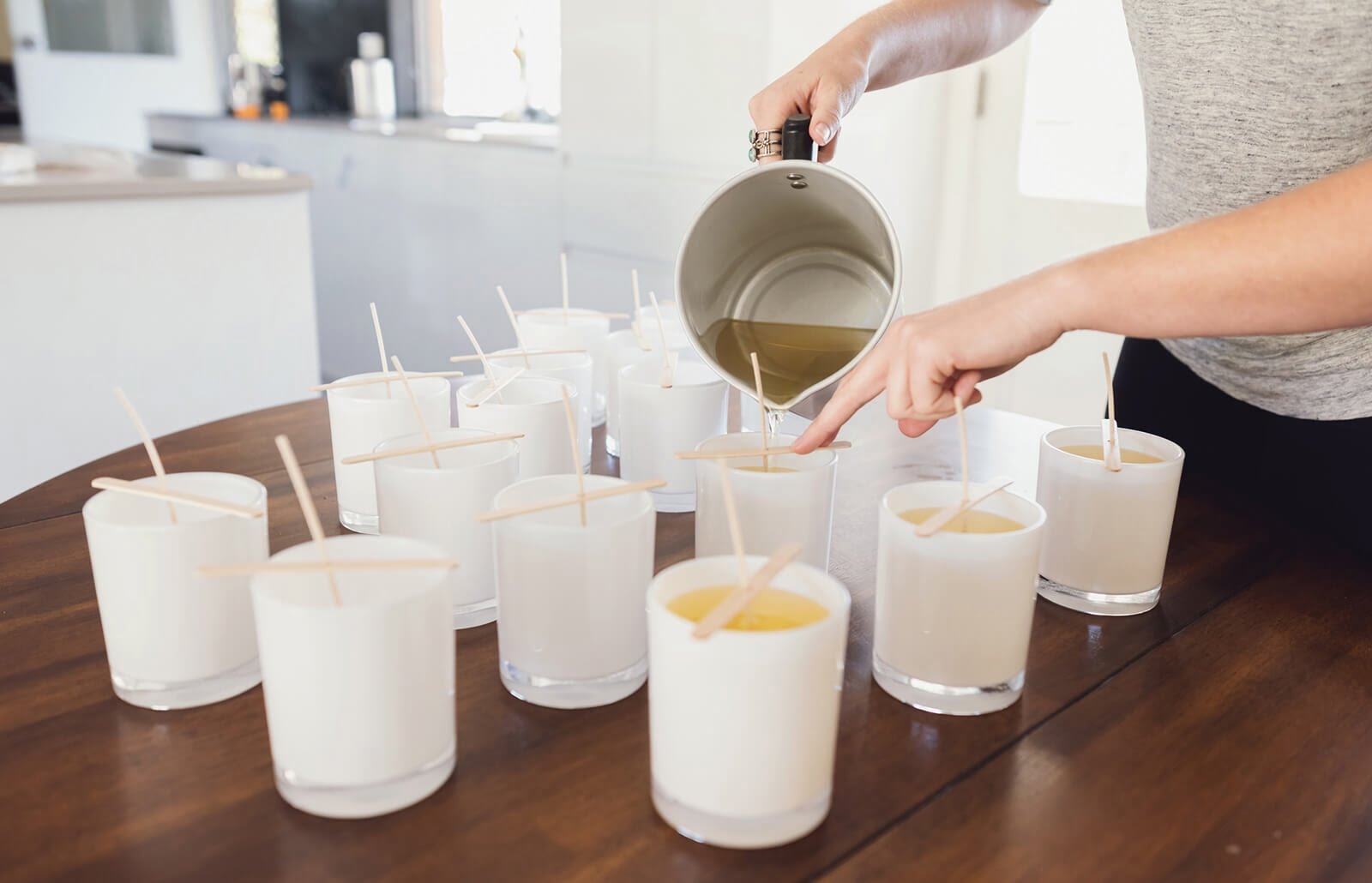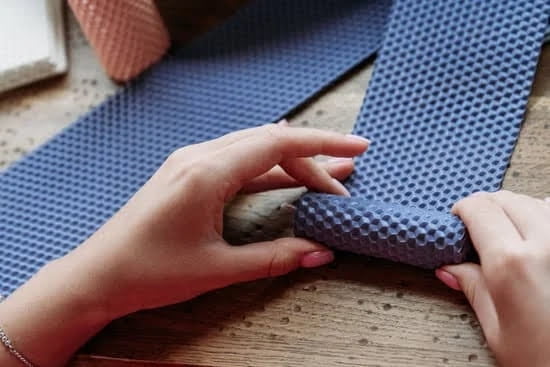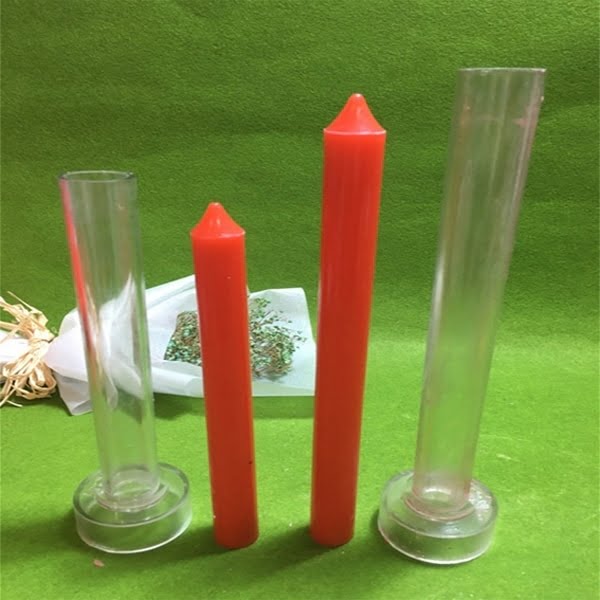Introduction
Ribbon wick candle making is a type of candle making where ribbon wicks are used instead of the traditional braid or flat-braid style of wick. Ribbon wicks come in a variety of materials such as cotton, linen, and paper. They can be cut to varying sizes making them suitable for both larger standard containers as well as smaller mini wax melts. When using ribbon wicks, the length should be carefully considered to ensure optimal performance and minimal smoke or soot. Ribbon wicks also require special clamps or holders that keep the wick centered and tight in the container while burning. By providing an even burn rate and consistent flame size, ribbon wicks create beautiful candles with a long lasting scent. Ribbon candles are unique in their ability to spread fragrance throughout the room, rather than just have a one-note scent which often happens when using other types of candles.
Types of Ribbon Wicks and Their Advantages
Ribbon wicks are types of wicks commonly used in candle making. They come in several varieties, such as natural cotton, synthetic cotton/rayon, waxed cotton/polyester, and paper core. Each type carries its own advantages and is suited to different types of candles based on their size, burn time, and desired performance.
Cotton ribbon wicks provide a steady flame that offers a longer burning time with minimal smoking. This type of wick is easy to shape or trim to any length needed for larger or smaller candles. Waxed ribbon wicks help promote slower burning and reduce the risk of extinguishing during windy conditions because the wax coating envelopes the inner core material and creates a barrier from air currents. Synthetic cotton/rayon ribbon wicks have a ‘self-trimming’ feature that helps prevent a cascading flame effect where the flame grows tall and comes into contact with the glass container, potentially leading to an accidental fire hazard.
Paper core ribbon wicks feature two layers”an inner paper core material surrounded by an outer layer of vegetable-based binder”that allows the candle to burn steadily while keeping uprigidity even when burned at lower temperatures. This makes it ideal for some soy or beeswax candles but not recommended for paraffin or palm oil candles which require higher flames to melt away completely.
Step-by-Step Guide to Making Candle Wicks Using Ribbon
1. Gather Your Supplies: Ribbon of your choice, a pair of scissors, and either pre-made wick tabs or an old tin can with the bottom cut off
2. Cut your ribbon into desired lengths that are at least 4 inches longer than the height of your container. The ribbon also needs to be twice as wide as the diameter of the container in order to accommodate the wick tab. For example, if your container is 3 inches tall, you would want to cut out ribbons that are at least 7 inches long and 6 inches wide.
3. Create the wick tabs by cutting shapes out of tins cans or use premade ones. These will act as anchors for your ribbon wicks so they can stand up straight in the wax once it has set.
4. Place one tab on each end of your ribbon and fold it over so that you have a loop shape at each end connecting both ends together.
5. Secure the loops in place with glue or tape depending on what type of material you’re using for your wick tabs.
6. Place the ribbon wicks inside the containers and ensure that they are firmly secured against both sides before pouring in the melted wax mix into the mold or container you intend to make your candles from.
7. Allow time for cooling and hardening after which you should be able to remove your candles from their molds or containers complete with ready-to-burn wicks!
Tips for Selecting the Appropriate Ribbon for Your requriements
When selecting a ribbon for wicks for your candle making project, be sure to consider the wick’s size and type as well as the thickness of your wax. The width and type of ribbon should fit the size of the core material in order to ensure good heat conduction and proper burning. However, there are other factors to consider when comparing different types of ribbons.
Another important factor is how quickly the ribbon will absorb the wax in your candle recipe. You want to select a material that has solid absorption capabilities, allowing it keep its shape during burning. A good quality wax blend may require a heavier gauge ribbon with an amazing wicking ability for proper performance; however, too much absorbency can cause tunneling and uneven burnouts within your candles. The available colors also come into account as you may want something that matches your creative vision or provides a contrast if you seek a special effect from your finished product.
Finally, price is another vital consideration when choosing the perfect ribbon for your candle making needs. You want value-for-money but at times importing higher end products are more cost-effective than buying supplies locally due to lower shipment costs and other attractive perks offered by some vendors. Be sure to research different options before committing to any purchase!
Important Considerations for Creating the Perfect Candle Wick
If you are new to creating candles and want to get the best result from them, then you need to consider a few important elements that make up a perfect candle wick. The first is the type and size of your wick. Ribbon wicks are often the preferred choice for candle making because they create an even burn, providing good wax melt and scent distribution. The wider the ribbon, or braided strand, the more evenly it will burn. The other factor is the amount of essential oil or colouring used in the wax mixture. Depending on what type of wax you use, it may be necessary to adjust the amount according to what works best with your ribbon wick. Additionally, a good rule of thumb when deciding how much material to use is to start by using half as much as you think you need”the result will be better if there isn’t too much wax on top of your wick. When testing out your completed candle be sure to leave it unlit for several hours before burning in order to ensure that there are no drafty areas around it while burning. This can also help prevent any uneven burning caused by air currents that can affect wicks with less than ideal size and design.
Popular Candle-Making Projects Using Ribbon Wicks
Ribbon wicks are a popular choice for candle makers due to their low cost and ease of use. They are perfect for adding to container candles, taper candles and pillar candles as they provide an even, clean burn. Ribbon wicks come in a variety of sizes and colors allowing you to tailor the burn characteristics of your candle.
One popular project is to craft wax luminaries. To make these cute creations the shape of your desired luminary is cut into wax paper. You then place this onto a cookie sheet or something similar; pour melted wax into it using one or two ribbon wicks in the center and allow the wax to cool completely before removing from the paper. Colors can be added during cooling if desired with dye chips or markers once it has hardened enough. These luminary will light up any room with a delicious candlelit glow and make great gifts as each one is unique!
Another popular project is making pillars with ribbon wick through each layer. This can be done by pouring layers of melted wax sequentially, one layer at a time and inserting the ribbon wick before each one sets. This creates delightful stripes running through each layer which makes for an incredibly attractive effect when lit. With different colors used for each layer you can create stunning multicolored pillars that will wow family, friends, and guests alike! Additionally, if a scented wax such as beeswax or soy wax has been used as well fragrant aromas can fill up any room when lit with these useful attractive pillars!
Troubleshooting Common Candle Wick Issues
Ribbon wicks are an optimal choice for candle makers. These thin strips of cotton fabric can provide superior flame control and help with the overall burn quality of a candle. However, ribbon wicks can be more challenging to work with than traditional pre-waxed wicks, so there are some common issues that you may encounter when using them for your candles.
One of the first things to watch out for when working with ribbon wick is its ability to curl or bend as it’s being secured into the wax. If this happens, use a dab of hot glue to keep the wick in place until the wax sets around it. Another issue that comes up is a poor melt pool or tunneling during burning” this may be due to the particular type of wax or fragrance used in combination with the ribbon wick. To fix this problem you’ll need to adjust the diameter by either choosing a larger or smaller diameter level (depending on which issue you’re having). Additionally, not allowing enough time for proper curing may cause weak structure and low scent throw in addition to possible smoke problems. Be sure give your candles plenty of time for curing before using them. Lastly, if you find the ribbon has broken apart after burning be sure to check the wick length and how long your candle was lit – reducing either may help mitigate this issue from occurring again.
With extra care and attention, ribbon wicks can produce great burning qualities in your candles – giving them a beautiful aesthetic while providing an excellent scent throw. Should any issues arise while working with these kinds of wicks, experimenting with various levels will enable you to find your own optimal recipe; this is what makes making candles so fulfilling: Being able to bring something uniquely yours into fruition!
Conclusion
Ribbon wicks are an excellent and versatile addition to any candle maker’s toolkit. They create a consistent and steady flame that looks amazing in any type of candle container. Ribbon wicks also tend to produce less smoke, which is beneficial for one’s health in the long run. Additionally, ribbon wicks come in many sizes and materials, which gives you the flexibility to create a candle just the way you want it. With this added versatility, ribbon wicks can bring your candle making projects to life and enhance your overall experience with the craft.

Welcome to my candle making blog! In this blog, I will be sharing my tips and tricks for making candles. I will also be sharing some of my favorite recipes.





